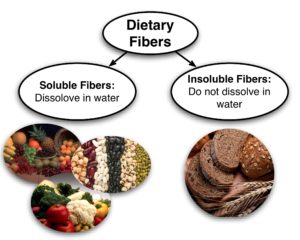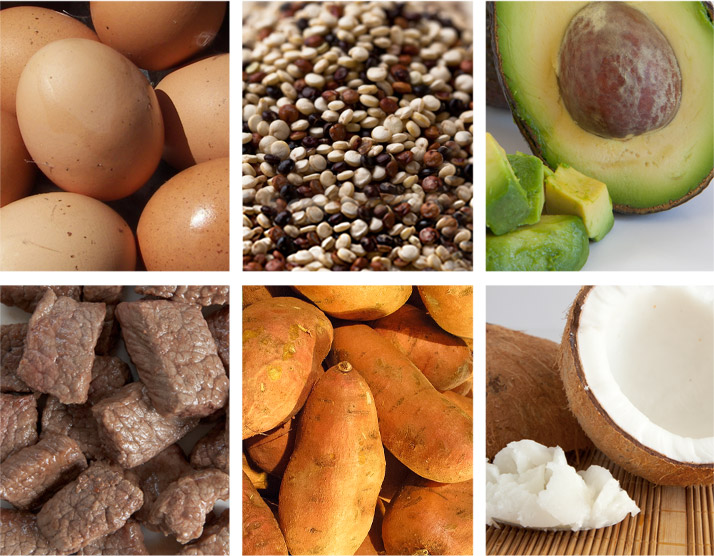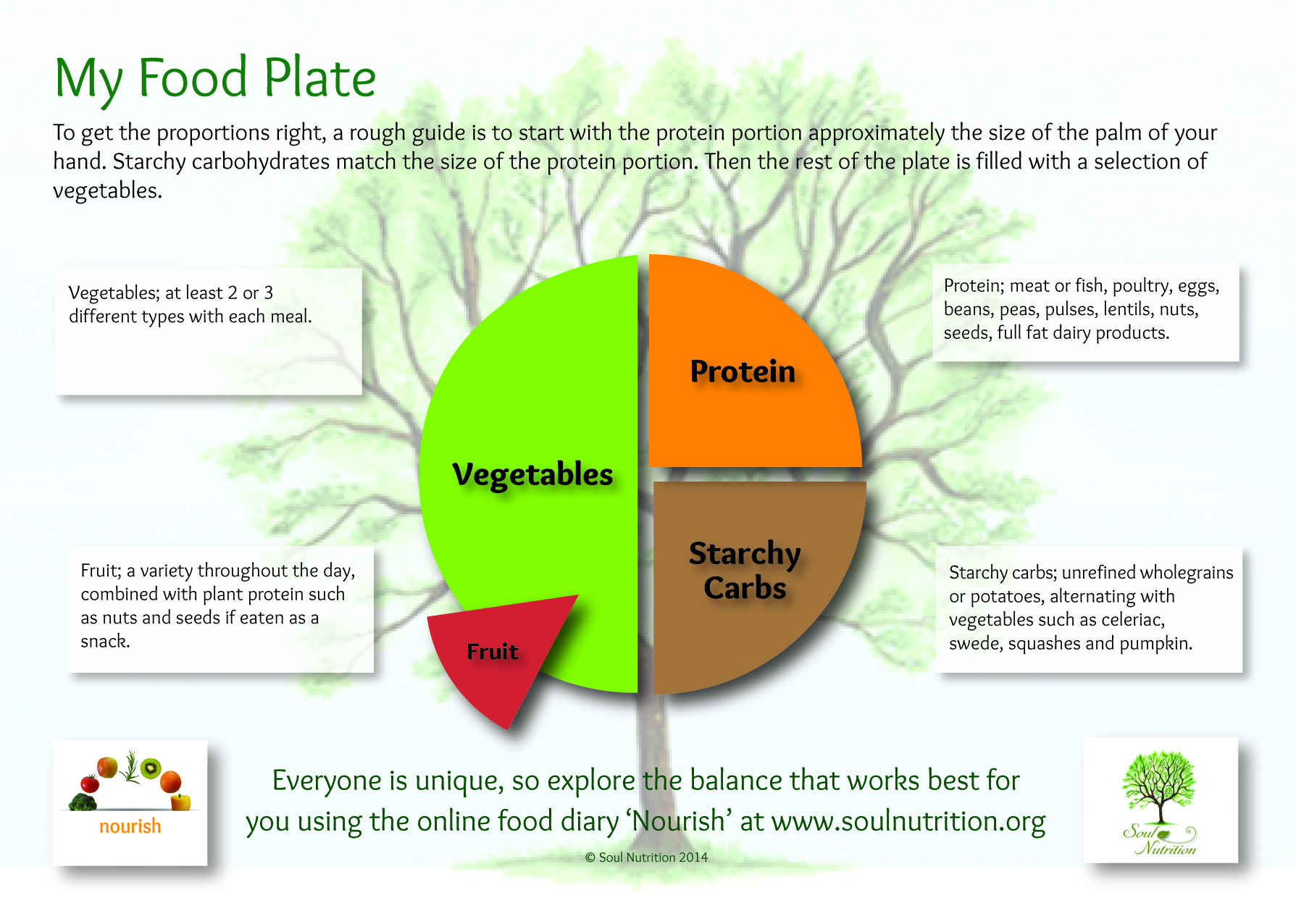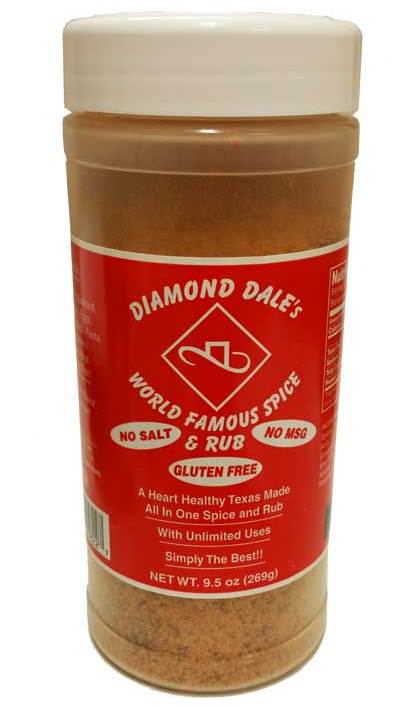You often hear about the importance of dietary fiber in thedaily diet. Let’s ask nutrition experts what the dietary fiber is and how can we get the most out of it.
We often hear that dietary fiber is a necessary part of a healthy diet and helps keep our digestive system at prime. However, many people do not know the basic questions about dietary fiber, like what it is, how it helps our digestive system, and how they can increase their dietary fiber intake. In this nutrition guide, we will explain the things you must know about dietary fiber.
What is dietary fiber?

Fiber is an important component of human diet. It is found in the cell walls of plants we eat. Dietary fiber does not contain any nutrients. In fact, thehuman digestive system cannot break down dietary fiber and extract nutrients from it. And this is exactly the thing that makes dietary fiber so useful for us.
How dietary fiber helps our digestive system?
Dietary fiber adds bulk to the stool, which makes it easier to pass through the digestive system. This significantly helps prevent and treat conditions like diverticulitis and constipation. Fiber may aid weight loss because it increases the feeling of fullness after meals. Because it does not contain any calories, it helps people avoid overeating.

Some friendly bacteria live in colon ferment, which is a type of dietary fiber. Friendly bacteria create short-chain fatty acids and help keep the walls of the intestine healthy. Additionally, some nutrition experts believe that the fiber has arole in decreasing the risk of diabetes.
How much dietary fiber do I need?
Nutrition guidelines recommend that males and females 50 years of age and younger take 38 grams and 25 grams of dietary fiber respectively. People above 50 years of age need less food and thus less dietary fiber.
What are the major sources of dietary fiber?

Lentils,wheat bran, and grains are some important sources of fiber. Dietary fiber can be obtained from whole grains, vegetables, nuts, oats, fruits, barley, flax seed, psyllium, and beans.

Alina Smith is a health blog author with an interest in the intersection of wellness and mental health. She’s worked as a writer, editor, and communications specialist for various healthcare organizations. Alina has also led projects to improve access to care for underserved populations in both rural and urban settings.







